MARKET OVERVIEW
The Global Collagen Market is a dynamic entity in the industrial arena, contributing to a wider scope of various sectors. This complex web of collagen-based products has found itself embedded into industries such as cosmetics, healthcare, and food, providing an in-depth structurally functional basis for many applications. A serious inspection of the whole market of collagen reveals that collagen is not merely a substance but a highly flexible asset delineating the terrains of diverse industries.
In cosmetics, collagen is one of the most active ingredients. Its unique abilities in the adjustability of the skin, especially in counteracting aging effects, have provided it with a constant demand in skincare products. From face creams to serums, the global cosmetic industry basically uses collagen in formulations claiming a youthful glow. Hence, the collagen market is an integral part of beauty and skincare innovation, affecting both product innovation and consumer choice.
The healthcare sector is another critical area wherein collagen is extensively used. Innovations in medicine use collagen as a prime substance in wound healing, surgeries, and tissue engineering. The applications of collagen in biomedicine extend variations to regenerative medicine and drug delivery systems, thus highlighting its importance to the global healthcare industry concerning innovation and meeting urgent medical needs.
The global collagen market, in turn, does affect the food industry. Collagen, being a natural gelling agent is used in the manufacturing of gelatin, which finds wide application in the food industry. Culinary use of collagen is based on its functional aspects that influence texture, stability, and mouthfeel in several food products. From confectionery to meat processing, collagen evokes sensations that shape consumer experiences around the world.
As we embark on this journey through the world of collagen applications, it is imperative to highlight the joint efforts of both the attractions of the traditional players and the will of the emerging ones. Traditional collagen extraction methods based on animal sources operate along the trendy side of plant-based and microbial sources; This conglomeration of traditional and trendy defines the global collagen market with sustainability and adaptability in conversion industries that: are perpetually changing.
The global collagen market is an inverse market illustrious with symbiotic relations. It is not merely transaction-oriented but instead reflects interdependencies between the industries concerning their suppliers, manufacturers, and end-users. It survives by being versatile to different needs and custom-fit solutions across industries, all while not compromising on quality or ethical commitments.
Global Collagen market is estimated to reach $8699.8 Million by 2032; growing at a CAGR of 6.0% from 2025 to 2032.
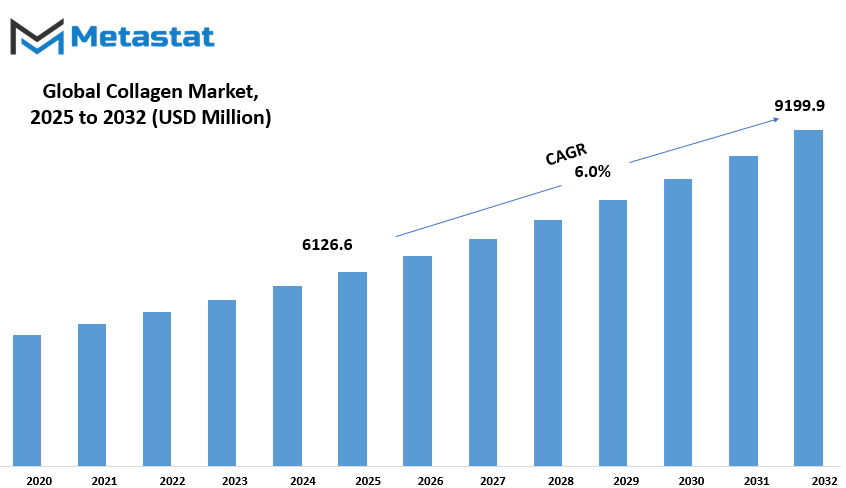
GROWTH FACTORS
The global collagen market is witnessing a significant upsurge owing to various influencing factors. One major driver is the growing awareness of health among consumers. Being more aware of skin and joint health, consumers are now demanding collagen-infused food supplements and skincare products.
A major factor aiding the growth of this market is the increasing aging population worldwide. With a growing percentage of people reaching old age, age-specific ailments concerning joint pains and skin aging are becoming more pronounced. The demographic trends bolster the demand for collagen-based products for these ailments.
On the other hand, there are challenges with regards to regulatory compliance. These stringent requirements and quality standards imposed on collagen products do act as bottlenecks for the collagen manufacturers and thus delay their entry into new markets or product innovation.
Sustainability is another foremost issue in the trajectory of dealing with joint collagen. The use of animal-derived collagen raises ethical and sustainable concerns, accentuating the need for biotechnological exploration toward alternative green production paths. Market growth may be hindered by sustainability concerns; however, they embody an overarching avoiding trend of society toward ethical and green solutions.
In view of these challenges, the collagen market has big application potential with further opportunities in food and beverages, wound healing, and regenerative medicine. Such applications would arguably apply to the collagen market in feasible and profitable applications in the years to come and assure very high growth opportunity potential.
More factors attributing to the growth of the global collagen market are rising awareness for the health and wellness in humans. Populations that are aging and conditions associated with them are also important determinants for a demand shift. Sustainability and regulatory compliance are some of the impediments. All the same, the prospects for the collagen market are bright with numerous emerging sectors, especially in regenerative medicine as well as food and beverages.
MARKET SEGMENTATION
By Product Type
The worldwide collagen market has a plethora of products that contribute to varying consumer demands. One big class is gelatine, with a market value of 3395.5 million USD in 2023. Gelatine has varied applications as an ingredient across differ industries. Another well-placed product type is hydrolyzed collagen that found its way into the market with a 2023 valuation of 1656.7 million USD. This product type, due to its special processing, is renowned for its high bioavailability and easy absorption.
Further, besides gelatine and hydrolyzed collagen, native collagen comes in for a mention, with a market valuation of 157.3 million USD in 2023. Native collagen is appreciated for being in its untouched form and appealed to consumers wanting a more-natural collagen experience. Besides these main classes, the market can be further divided into various other product types that add to the collage in industry areas.
The segmentation of the global collagen market, based on product types, provides a further clue as to the nature of consumer preference and industry dynamics at play. Gelatine, hydrolyzed collagen, native collagen, and other forms of products all form this market, denoting different demands for collagen-based products in the various sectors. In navigating this industry, businesses will thus be required to recognize and respond to the individuality of or distinguishing features of the different product types to solve the puzzle of continued success in the fast-changing arena of the global marketplace.
By Source
The classification of collagen sectors will be according to source types such as bovine, porcine, poultry, marine, and plant. This classification is useful in understanding the different sources for obtaining collagen.
Bovine collagen is defined as that obtained from cattle. Porcine collagen is the collagen that has been derived from pigs. Collagen that is generated from birds is called poultry collagen. It is further categorized into marine-derived collagen and plant-derived plant collagen.The different sources give consumers a choice in collagen in the market, offering varied characteristics and applications.
Bovine collagen, being obtained from cattle, is, in fact, a highly versatile variety of collagen and therefore widely used. It finds its applications in many industries owing to its compatibility with skin and tissues of the human body. Likewise, pork collagen, sourced from pigs, serves various purposes thus contributing to the entire collagen market.
Poultry collagen derived from birds adds yet another dimension to the market. It has special characteristics that suit its users' exclusive needs and preferences. Marine collagen, derived from marine animals, is being sunken more often in the market these days, claiming potential health benefits. In wake of sustainable sourcing, marine collagen is slowly becoming an appealing alternative to environmentally conscious buyers.
The plant-based collagen is that which comes from plants, which is suggestive of a market responding to growing demand for alternatives. The more plant-based lifestyles become mainstream, the market will respond with plant-derived collagen for consumers preferring a non-animal source.
Thus, the collagen market worldwide indicates a diverse span of sources, each of which has its unique characteristic. Such segmentation empowers consumers to align their collagen source choices with their preferences and requirements. The diversity of collagen sources is a testimony to the vibrancy in the market answering to different needs across the country.
By Application
The global market for collagen can be defined according to its application as prescription collagen and consumer collagen powder products. This segmentation gives scope to examine the detailed pattern of collagen use in application.
Prescription Collagen thus refers to all those collagen products recommended or prescribed by healthcare practitioners for specific medical purposes such as wound healing, joint treatment, or other therapeutic uses. The presence of collagen in prescription products asserts its medical significance and endorsement of healthcare practitioners.
However, Consumer Collagen Powder Products address a broader spectrum targeting various consumer-centric needs. For example, individuals seeking collagen intake for purposes such as cosmetic, wellness, or health will most likely benefit from these products. Its ingestion ease and versatility made the use of collagen powder preference among wide-ranging consumers.
Thus, this segmentation would really portray the diversity of collagen applications as well as their relevance both in medicinal and consumer-oriented domains. Further, the market application segment division provides meaningful insights into the distinct roles that collagen fulfills in curing health problems and meeting the demands of a wellness policy-aware user base. This will, in the end, give a broad view of the happening market dynamics with respect to the applications of collagen in the two categories.
By Form
The global collagen market is categorized on the basis of its form and is classified into two segments, namely Dry and Liquid. In the year 2023, the Dry segment was valued at 4707.4 USD Million, while the Liquid segment amounted to 807.6 USD Million.
These differences in form are crucial for understanding collagen-market dynamics. With such a high value, the Dry form indicates the strength of market presence. The Liquid, on the other hand, while not as high as the Dry form in value, still enjoys a significant market share, further contributing to the diversity in collagen.
Such segmentations show the varying preferences and applications of collagen in different industries. It, therefore, shows that this highly flexible material finds application in both dry and liquid forms for meeting several consumer needs and industrial requirements.
As distinctions by form would continue to be recognized in the global market, it can be seen as an example of the flexibility of collagen in addressing various sectoral needs. The respective values in 2023 of each segment also point to their respective contribution to the global collagen market, thus indicating the intricacies that characterize the overall landscape of this very important component found in a myriad of products and applications.
|
Forecast Period |
2025-2032 |
|
Market Size in 2025 |
$6126.6 million |
|
Market Size by 2032 |
$9199.9 Million |
|
Growth Rate from 2025 to 2032 |
6.0% |
|
Base Year |
2025 |
|
Regions Covered |
North America, Europe, Asia-Pacific, South America, Middle East & Africa |
REGIONAL ANALYSIS
Geographically, the Collagen world market has been categorized into North America, Europe, and other regions. From this geographical breakdown, fine understanding may be obtained regarding the specific dynamics driving the demand for Collagen in these various regions.
The world Collagen market is divided region-wise into North America and Europe among others. This geographical breakdown helps understand how Collagen is faring in different areas.
Collagen also exists in several different market-assisted solutions at various geographical segments such as North America and Europe. This geographical breakdown helps ease the understanding of the unique characteristics of the Collagen market in different parts of the world.
The market worldwide for Collagen starts with geographies like North America, Europe, and some other regions. Such geographical distinctions keep a sharp focus on the specific dynamics that come to play in the various regions of the Collagen market.
In the context of geography, the global Collagen market was separated into North America, Europe, and other regions. This segmentation based on location enhances our understanding of the unique factors impacting the Collagen market across different parts of the globe.
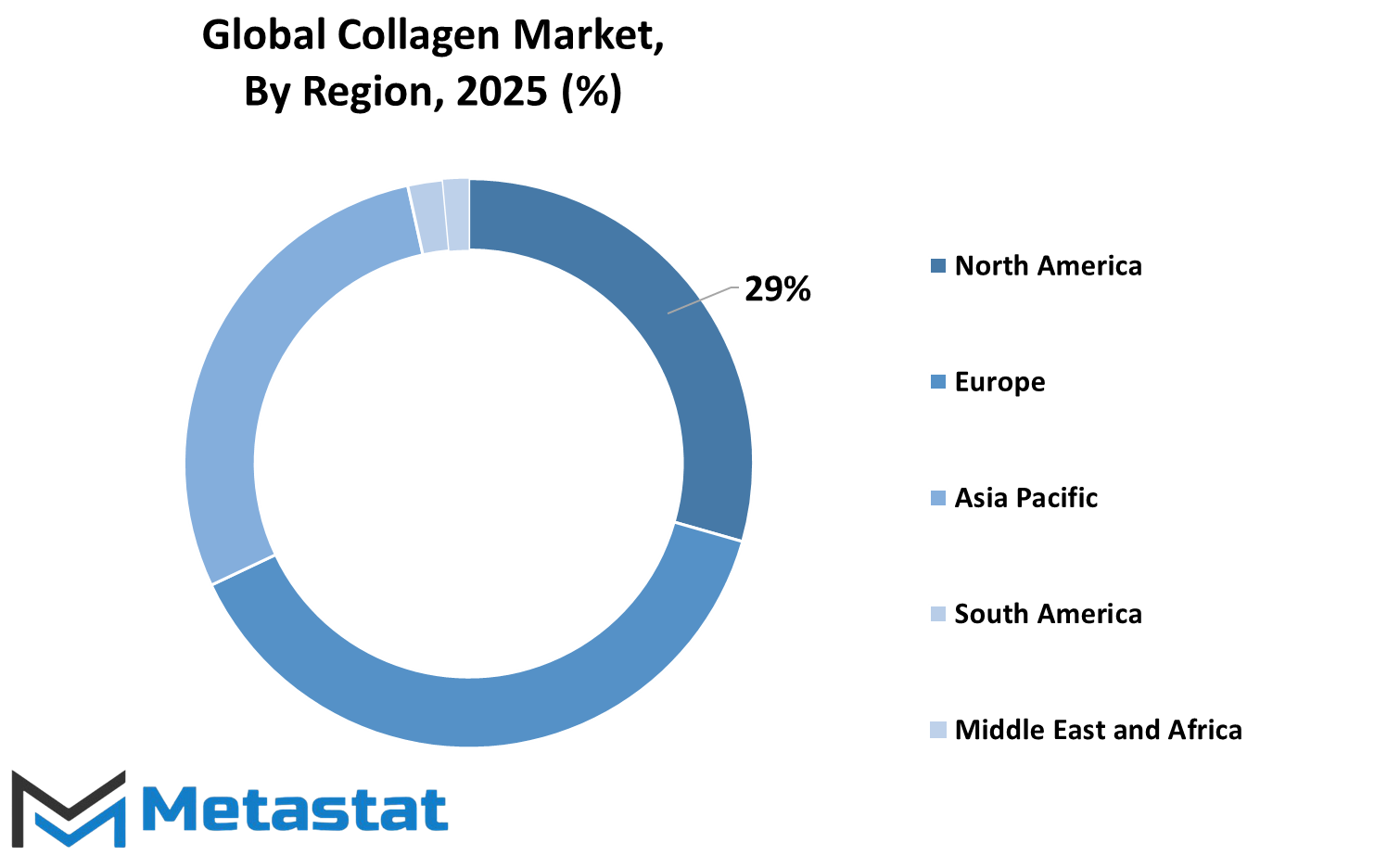
COMPETITIVE PLAYERS
Collagen is a global commodity with many active players, all of whom have a distinctive role to play in ensuring competitiveness in the industry. Among such players are Darling Ingredients Inc. (Rousselot), Gelita AG, and Tessenderlo Group (PB Leiner). Hence, the strategies and contributions of these major players tend to set the dynamics in the Collagen marketplace, aptly reflecting some level of competition for the Collagen sector.
Another important player is Gelita AG, which brings with it its strengths and innovations into the global Collagen market. The presence of various competitors, STerling Gelatin, Weishardt Holding SA, and Juncà Gelatines SL, further complicates the market dynamics, since all three are trying to create their own market positions and competitive advantages.
The competition is heightened by Symatese Lab, Collagen Solutions Plc, and ConnOils LLC, which hone their competitive edge in specific product ranges. Advanced BioMatrix, Inc. and Nitta Gelatin, Inc. are other major players contributing to the industry.
With distinct strengths and market presence, Nippi Collagen NA Inc., ITALGEL S.r.l., Ewald-Gelatine GmbH, and Titan Biotech Ltd. may further support the Collagen market. Such cooperative and competing efforts become a triggering point for innovation and improvements across the industry.
This apparent Collagen worldwide market pertains to the very active involvement of various key players, each rendering its contribution toward industrial competitiveness. Realization of these players' role and impact helps unveil market dynamics and trends in the Collagen industry.
Collagen Market Key Segments:
By Product Type
- Gelatine
- Hydrolysed Collagen
- Native Collagen
- Other Product Types
By Source
- Bovine
- Porcine
- Poultry
- Marine
- Plant Sources
By Application
- Prescription Collagen
- Consumer Collagen Powder Products
By Form
- Dry
- Liquid
Key Global Collagen Industry Players
- Darling Ingredients Inc. (Rousselot)
- Gelita AG
- Tessenderlo Group (PB Leiner)
- STerling Gelatin
- Weishardt Holding SA
- Juncà Gelatines SL
- Symatese Lab
- Collagen Solutions Plc
- ConnOils LLC
- Advanced BioMatrix, Inc.
- Nitta Gelatin, Inc.
- Nippi Collagen NA Inc.
- ITALGEL S.r.l.
- Ewald-Gelatine GmbH
- Titan Biotech Ltd.
WHAT REPORT PROVIDES
- Full in-depth analysis of the parent Industry
- Important changes in market and its dynamics
- Segmentation details of the market
- Former, on-going, and projected market analysis in terms of volume and value
- Assessment of niche industry developments
- Market share analysis
- Key strategies of major players
- Emerging segments and regional growth potential



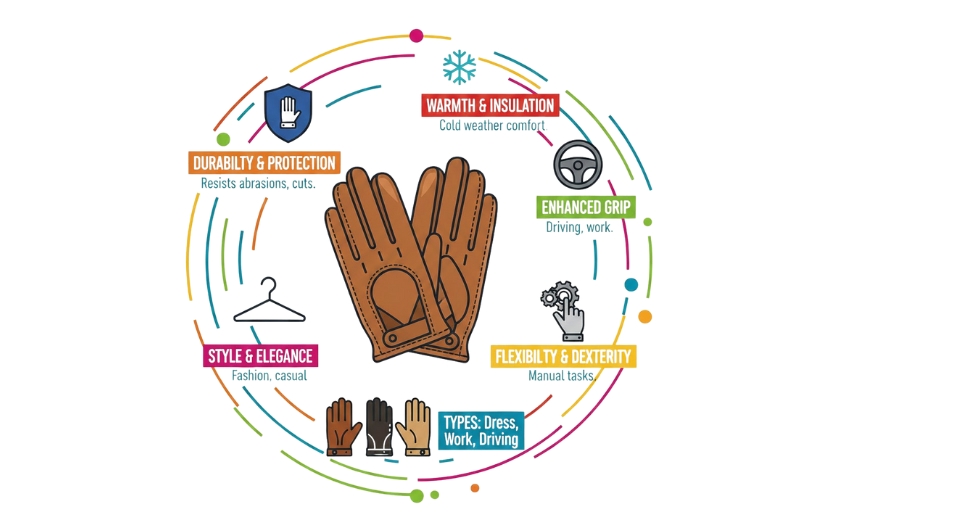
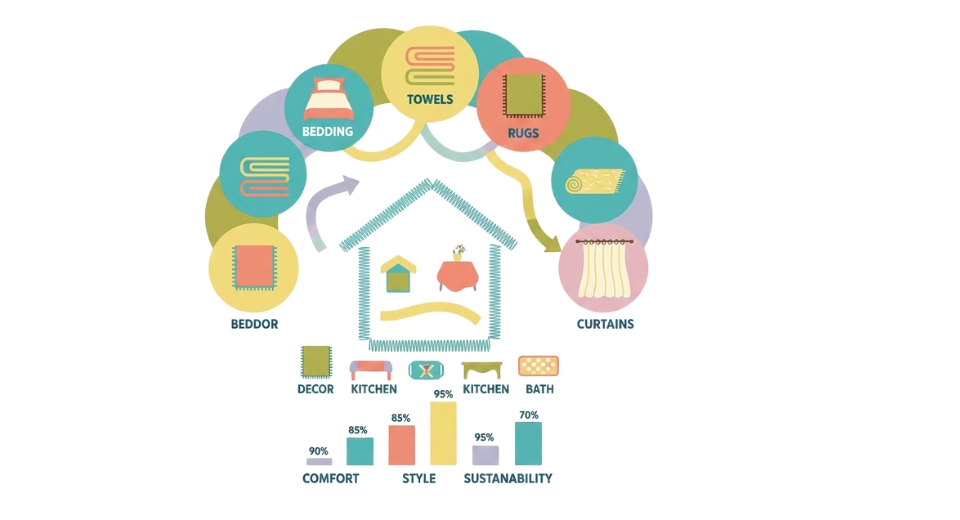
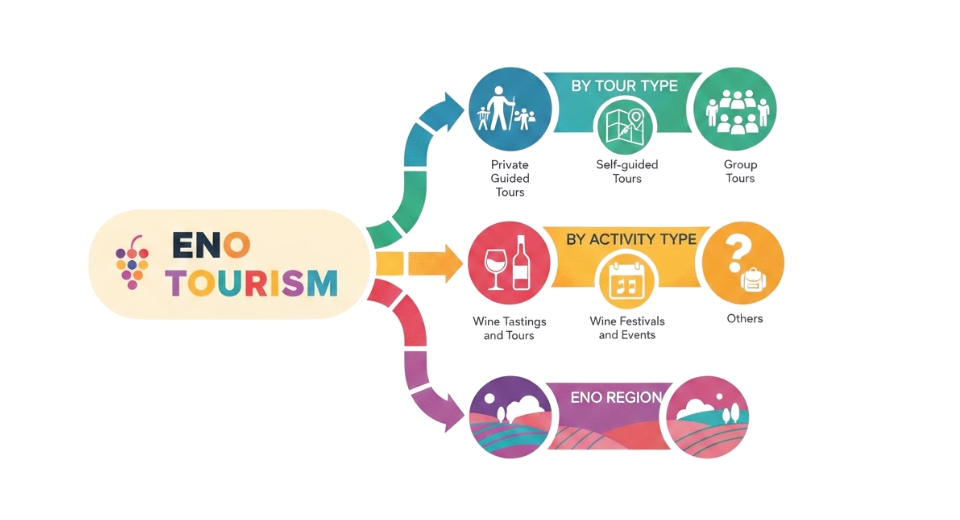
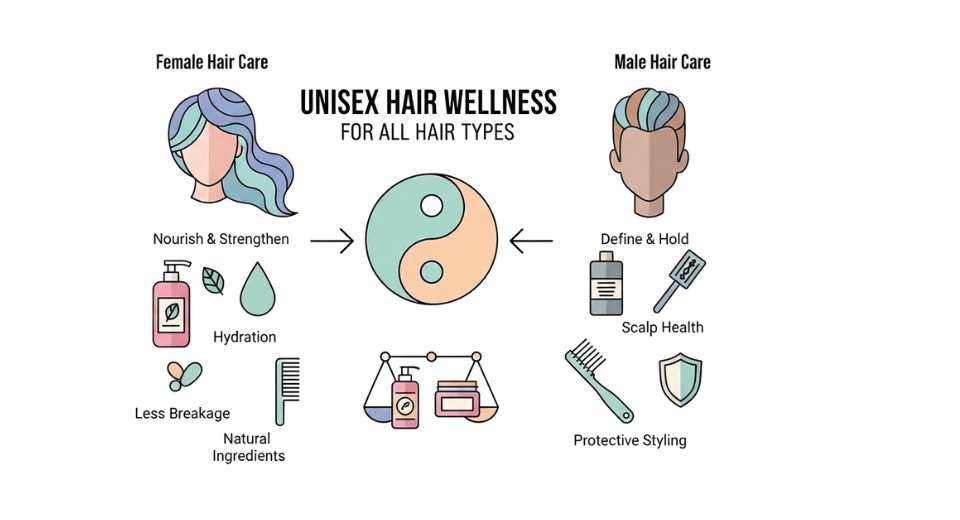

 US: +1 3023308252
US: +1 3023308252






